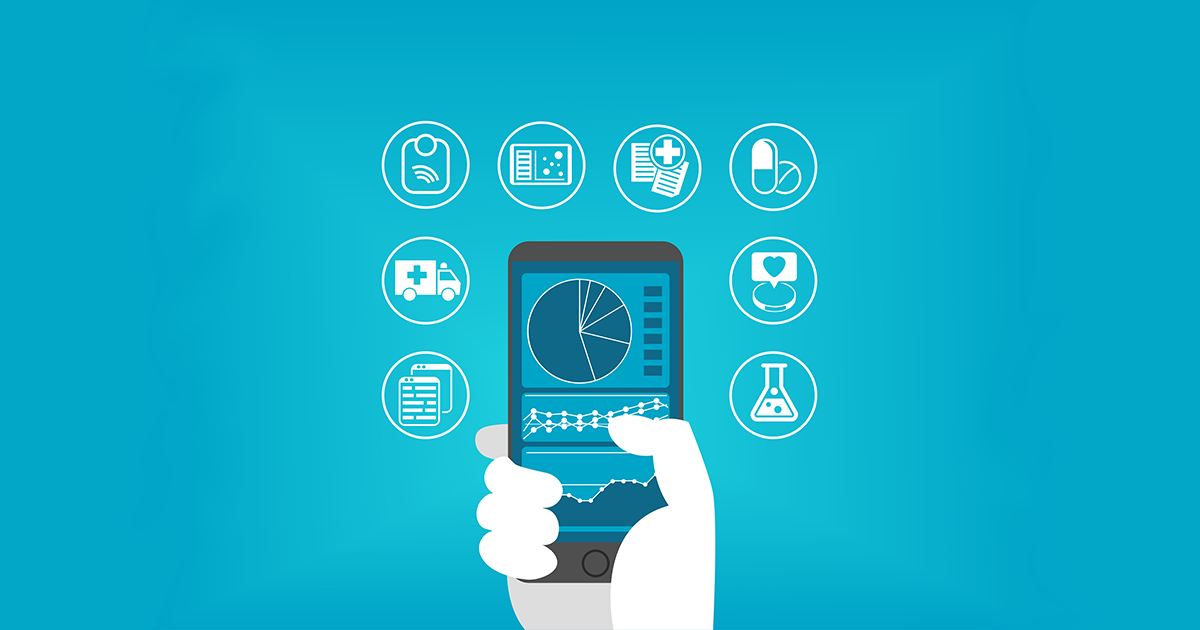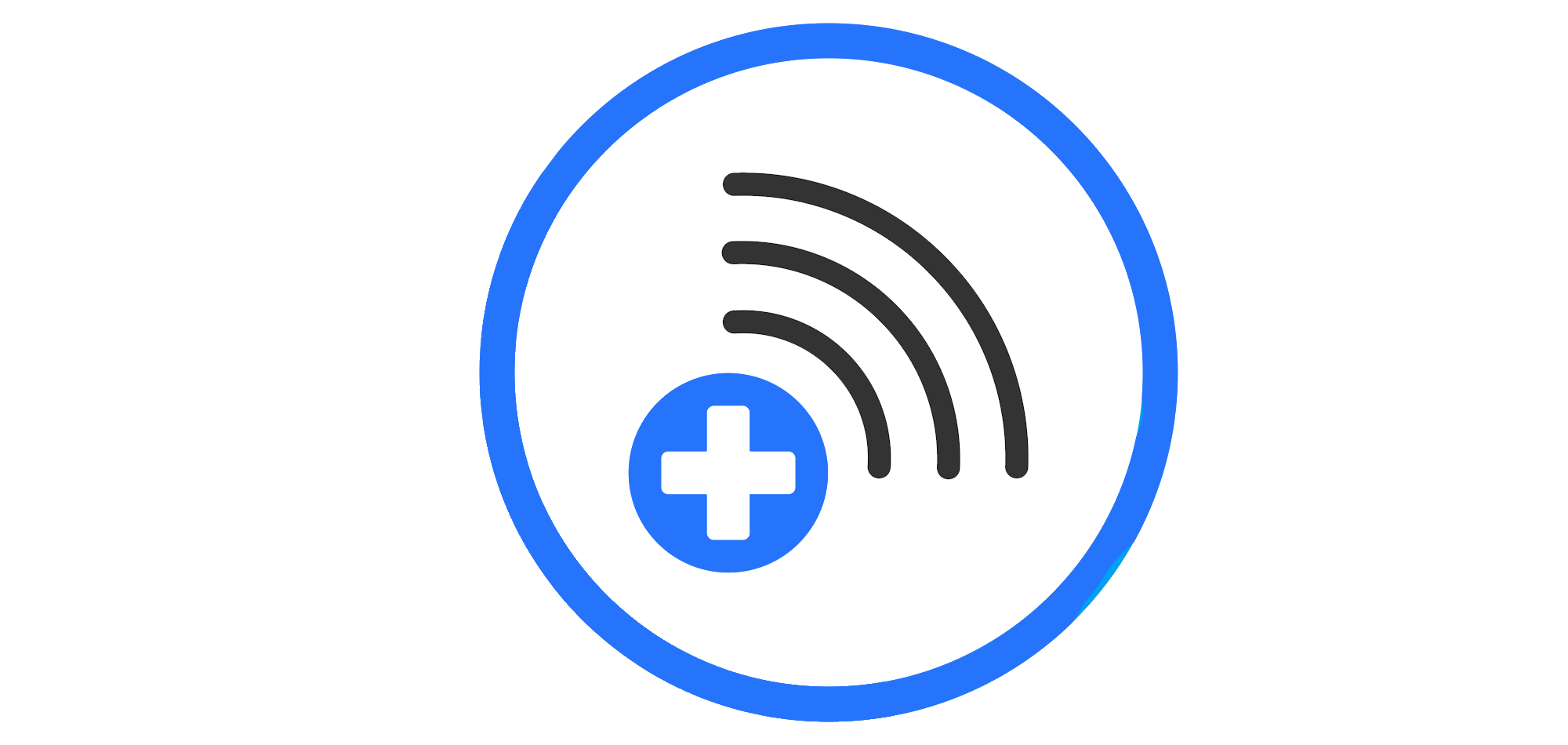What do the 6,210 hospitals in the United States all have in common? Virtually every hospital administrator is trying to accomplish the same thing: to provide excellent healthcare that fills a need in their community with the finite amount of resources that are available.
It’s pretty universally recognized that technology innovation is playing an increasingly important role in modernizing healthcare. However, regardless of the IT investments that a hospital or clinic plans to make, there needs to be stable utility power, telecommunications, and network infrastructure to layer applications on top of.
In this article, we’ll look at the essential features of medical grade WiFi that every hospital or clinic needs.
Design With the User in Mind
With any network, especially WiFi, it’s critical to design for your most important stakeholders. Who are the end users that matter most? Doctors? Nurses? Technicians? Office staff? Patients?
And what are the highest priorities? Are you focused on trying to provide a better patient experience? If your hospital or clinic is deploying process improvement software? Are mobile EMR apps (electronic medical records) on the front-burner right now?
According to Becker's Hospital Review, basic communications continues to be one of the biggest problems plaguing healthcare. As the focus of a recent webinar, James Woodson, MD, founder and CEO of Pulsara explained that medical errors might be responsible for up to 400,000 deaths a year and lead to almost 10,000 serious medical complications nearly every day. Woodson also mentioned that hospitals waste $12 billion annually, or 2% of their revenue, because of bad communications. The root cause? Ancient IT and silos.
HealthcareITNews has a similar message with a slightly different focus. Rather than focusing on improving communications to prevent costly and potentially fatal errors, HealthcareITNews’ Mike Miliard looked at what hospitals need to deploy artificial intelligence (AI). What’s at the top of the list as far as minimum requirements? Robust, modern infrastructure including cloud, mobile, and web building blocks must form the foundation.
WiFi Everywhere: The Internet of Things (IoT) for Hospitals and Clinics
Regardless of whether you’re looking at prescription drug platforms, temperature sensors, or medical devices, hospital IT staff are increasingly finding embedded WiFi chipsets.
The goal with this IoT-based technology: provide more efficient and accurate (safe) healthcare at a lower cost.
At a more fundamental level, forward-thinking hospitals have either made investments in or will soon be deploying, other WiFi-enabled hardware including wireless VoIP phones and nurse call.
What can complicate WiFi in a hospital or clinic environment?
Capacity planning and density requirements can be especially tricky as so much can change so quickly. It can also be especially challenging to properly segment hospital WiFi networks by device, users, and applications.
Security Systems Optimized for Healthcare and Network Access Control
By the nature of patient privacy and regulatory concerns, hospitals and clinics have some of the most demanding IT security needs.
The American Journal of Managed Care recommends that hospitals schedule routine audits to identify their security vulnerabilities before a breach occurs. AJMC also found that many hospitals are lacking when it comes to basic information security measures when deploying healthcare IT investments. The key? Focusing more on access control and placing a premium on patient privacy.
Network Access Control (NAC) usually refers to a computer security mindset of using combination endpoint security, authentication, and network security enforcement. From a practical standpoint, network access control gives IT administrators a combination of application-level control and device level visibility and control.
Could better Network Access Control have prevented the more than 359 healthcare security breaches at hospitals last year? To a certain degree, yes.
However, for a hospital or clinic to truly mitigate most of its risk for security breaches, security almost always needs to be made a top priority from senior leadership. And appropriate levels of resources need to be allocated for this purpose both initially and on an ongoing basis.
WiFi as a Service for Hospitals and Clinics
So if you’re in an IT leadership or management position of a hospital or clinic, what should you be thinking about when it comes to your wireless networking infrastructure?
Managing a hospital WiFi network, while maintaining HIPAA compliance, is not of the faint of heart. If your IT team is big enough to hire WiFi-specialized networking engineers, consider yourself fortunate. After all, LinkedIn has found that the median salary for network engineers in the United States is $79,000/year; or up to $110,000/year depending on your location.
Plus you’ll likely need a team of at least three, possibly four, networking engineers to provide 24/7 coverage. Plus you’ll still need to make very significant investments on wireless hardware, monitoring software, and training/professional development to help your team keep its skills sharp and one step ahead of the bad guys.
And that’s the reason why, for so many hospitals and clinics that don’t have a large in-house IT army, it makes way more sense financially to partner with a company like SecurEdge Networks for WiFi as a Service.
This allows healthcare executives to quickly and easily get the medical grade WiFi with all of the essential features required by hospitals and clinics.
One simple subscription includes the WiFi hardware, software, and managed WiFi network services to keep your wireless networking infrastructure fast, reliable, and secure.
This includes:
- Hardware as a Service (HaaS) -- With your WiFi as a Service (WaaS) subscription, there’s no need to research or purchase access points and controllers, switches, or next-generation firewalls.
- Software as a Service (SaaS) -- If your IT staff doesn’t have time to build, customize, and stay on top of how your WiFi network is performing, SecurEdge WiFi includes performance monitoring, guest network management (especially important for hospitals and clinics!), and user onboarding. No learning curve. No extra software license costs to worry about. It’s all included.
- Managed WiFi -- Most hospitals are 24/7 environments. And even clinics with more traditional operating hours face 24/7 security threats. What does this mean? Healthcare environments need to be prepared to immediately address WiFi reliability, performance, or security any time of the day or night, any day of the year. So if your internal team doesn’t have that capability, SecurEdge WiFi can fill that gap with included 24/7 monitoring, tier 2 level support, and monthly network health reports.
And the best part for cost-conscious hospital or clinic business administrators working with limited budgets? SecurEdge WiFi provides your organization with predictable pricing, no upfront costs, and a scheduled network refresh (so you don’t have to worry about your WiFi hardware becoming obsolete and turning from an asset into a liability!). All for one monthly payment.
The Bottom Line on Medical Grade Managed WiFi
Delivering quality healthcare efficiently has never been more challenging. To tackle these challenges facing hospitals and clinics, dozens of vendors have developed all kinds of innovative approaches to improving communications, reducing medical errors, driving down costs, squeezing out inefficiencies, and delivering the best patient outcomes.
Nearly all of these transformative technologies require rock-solid network infrastructure to build on top of -- including WiFi.
In this blog post, you’ve been introduced to essential features of medical grade WiFi that every hospital or clinic needs. To find out how SecurEdge WiFi can help you and your team deliver excellent healthcare as cost-effectively as possible, request a design.





